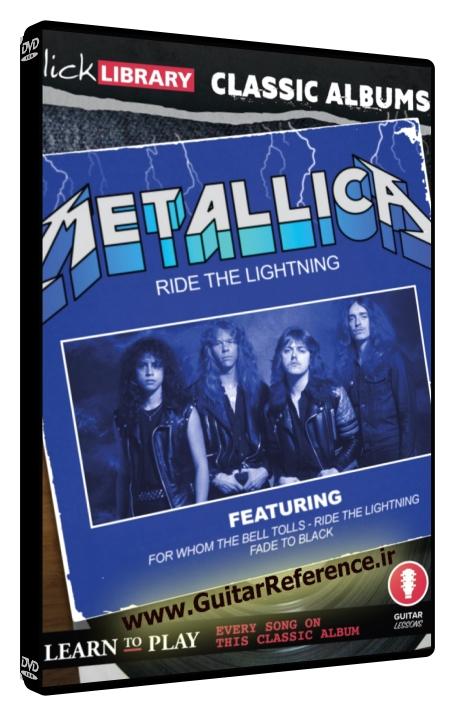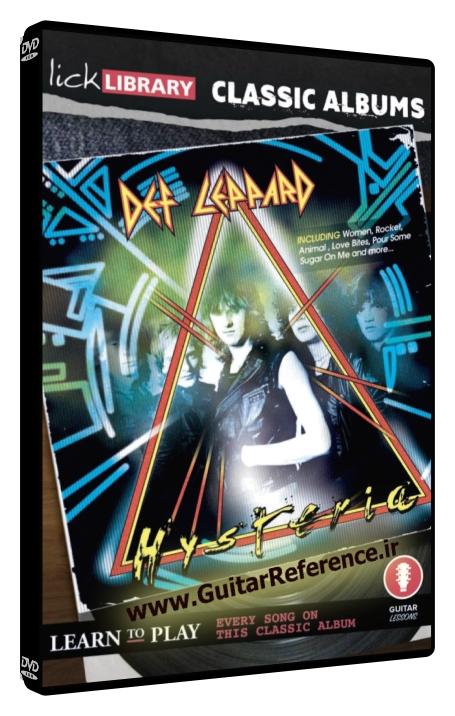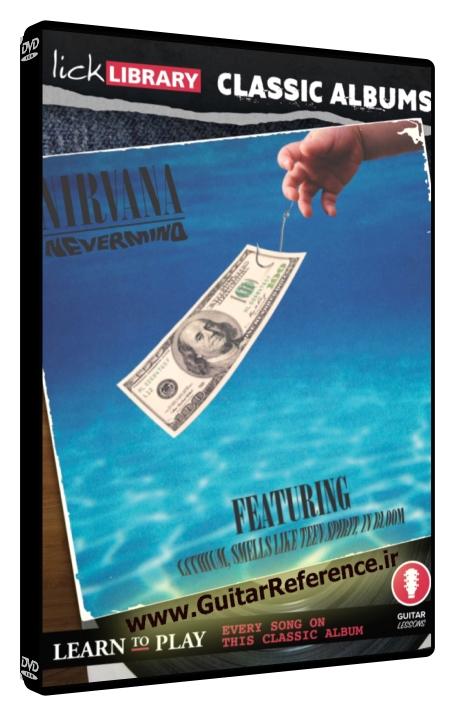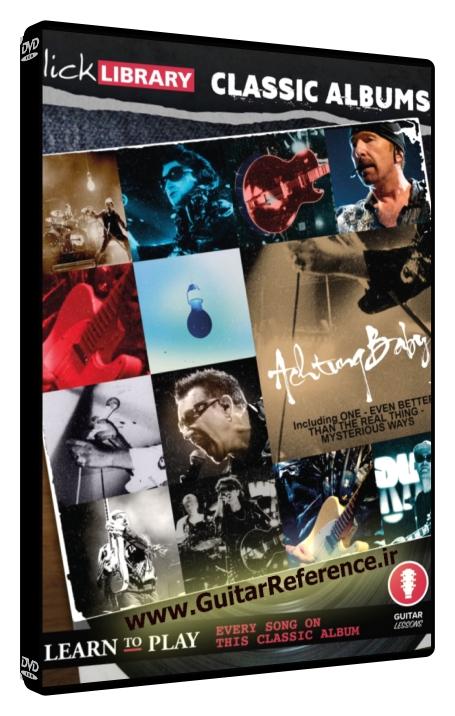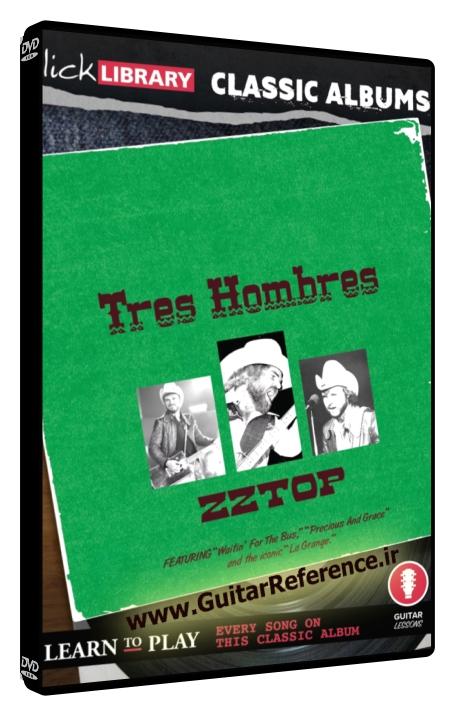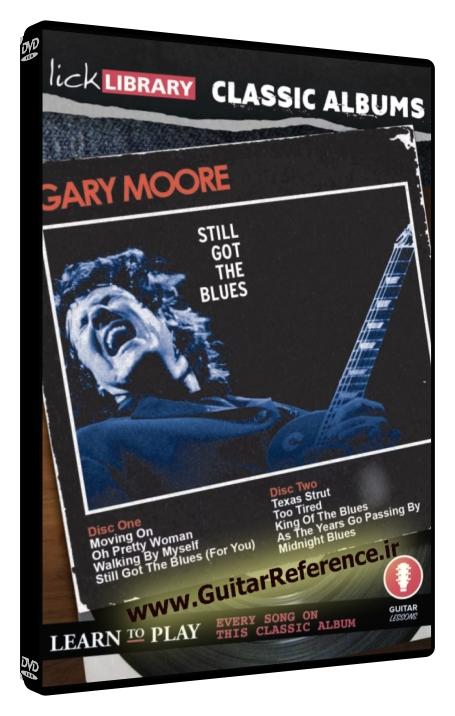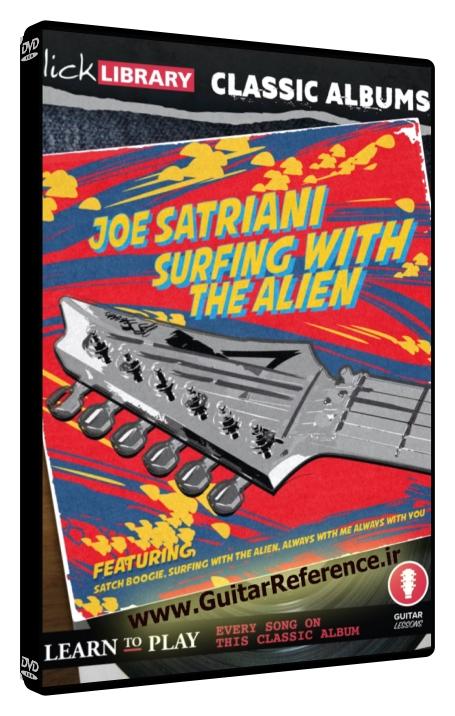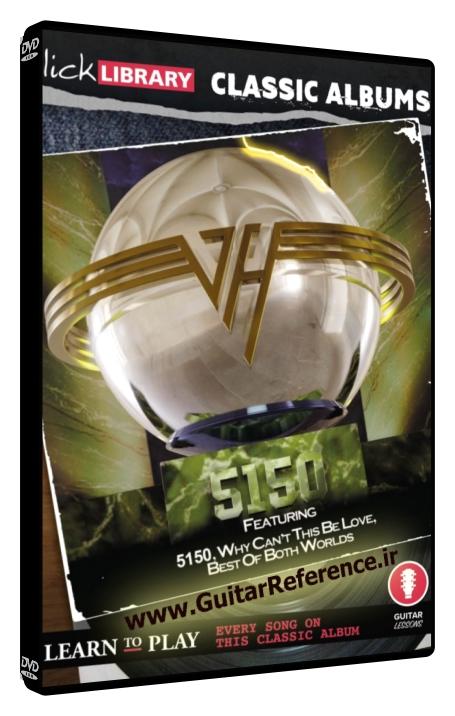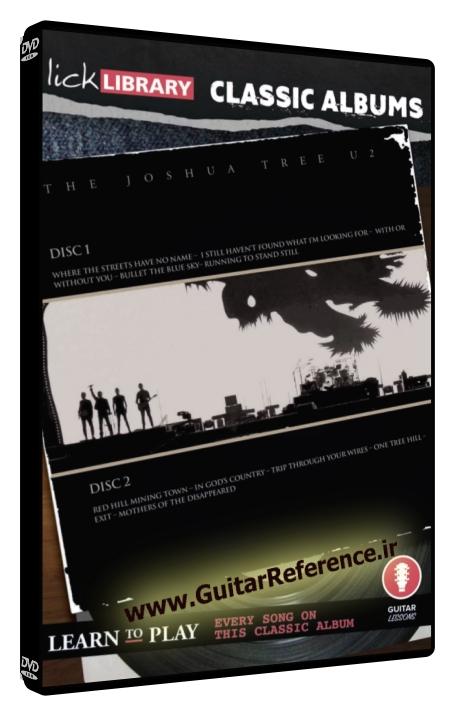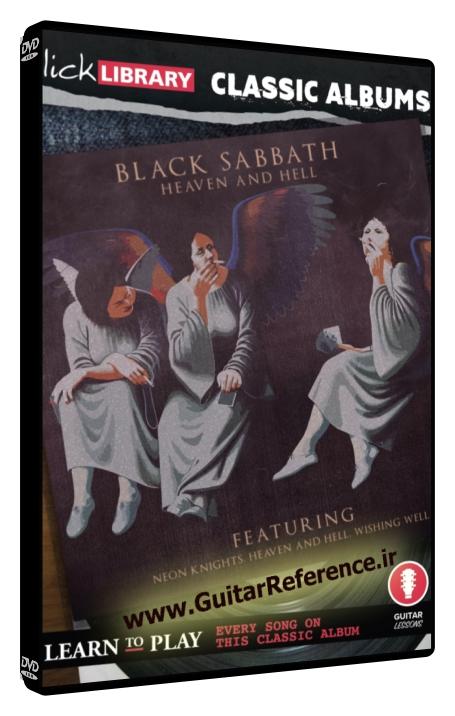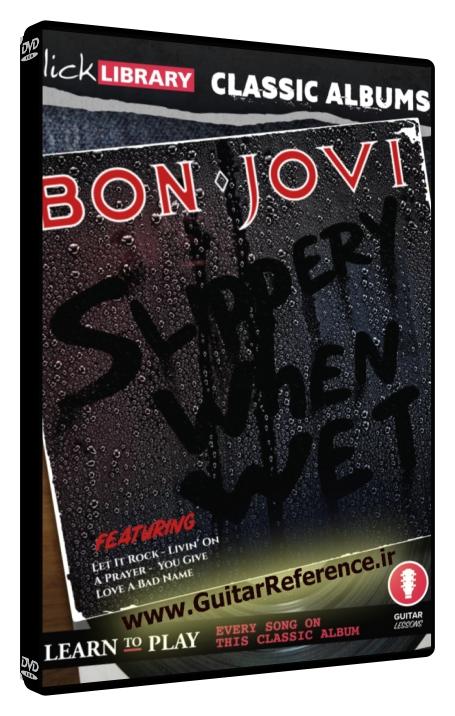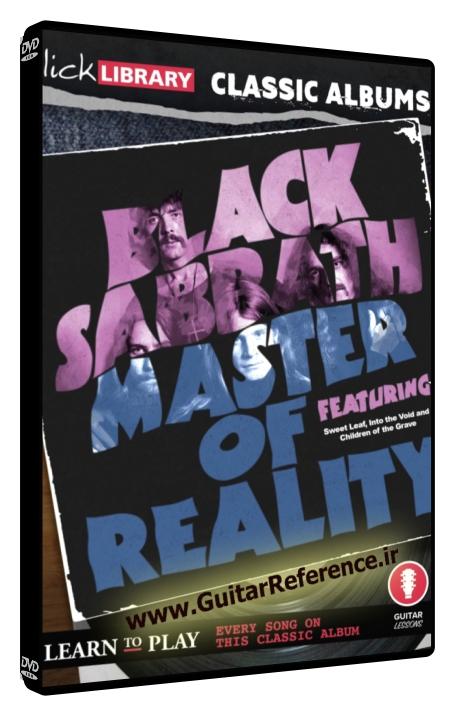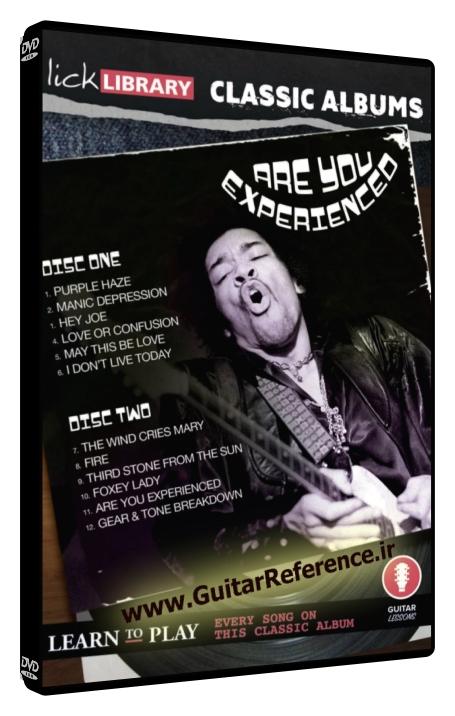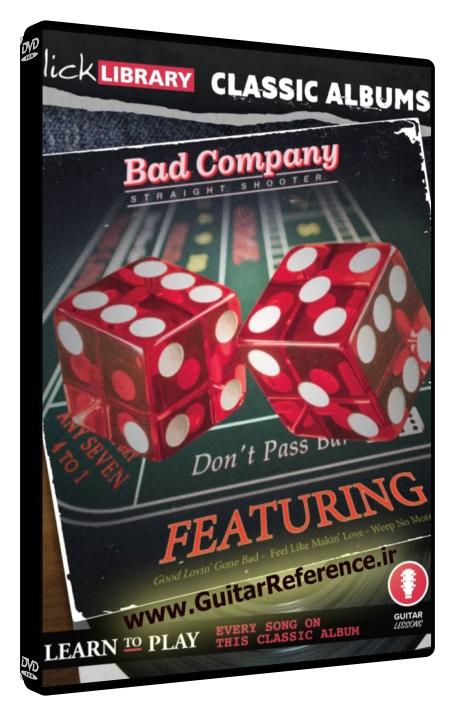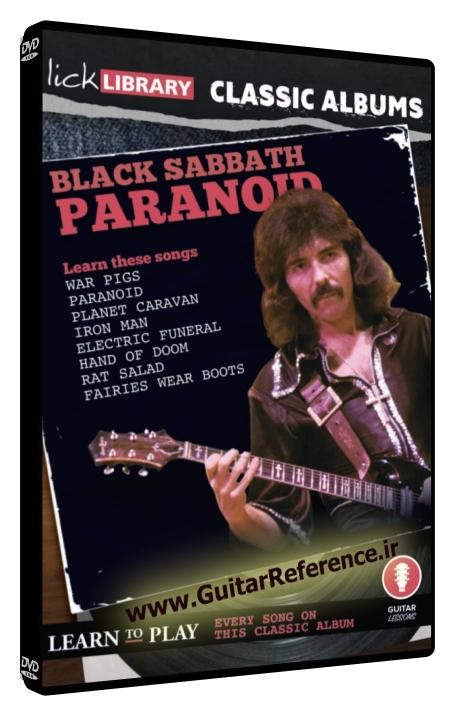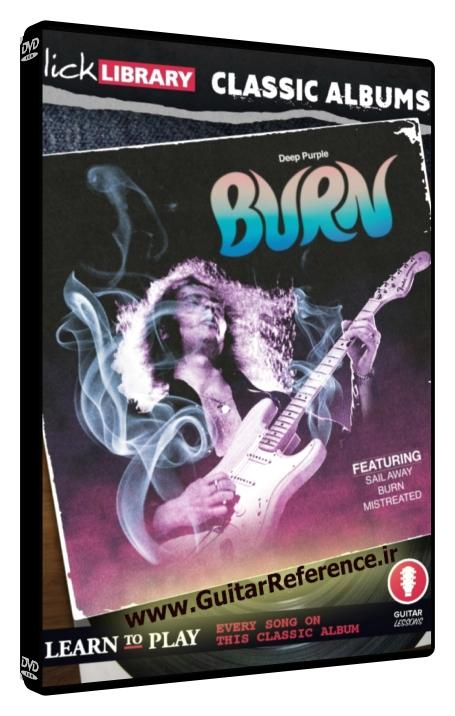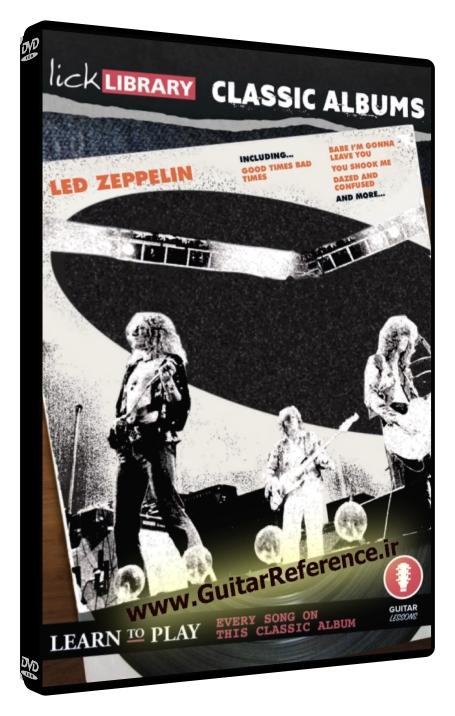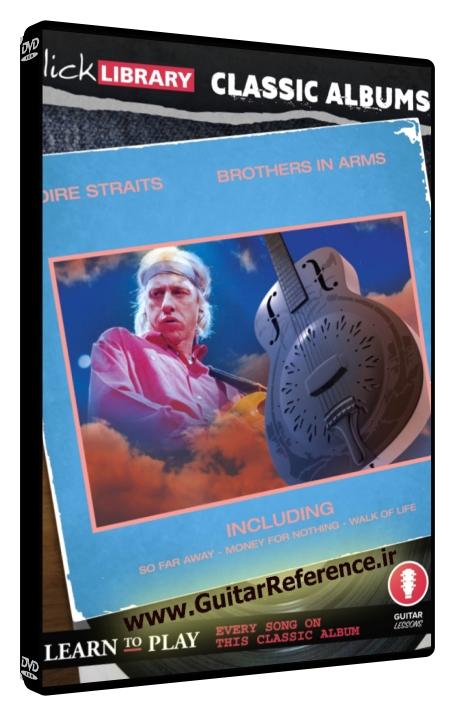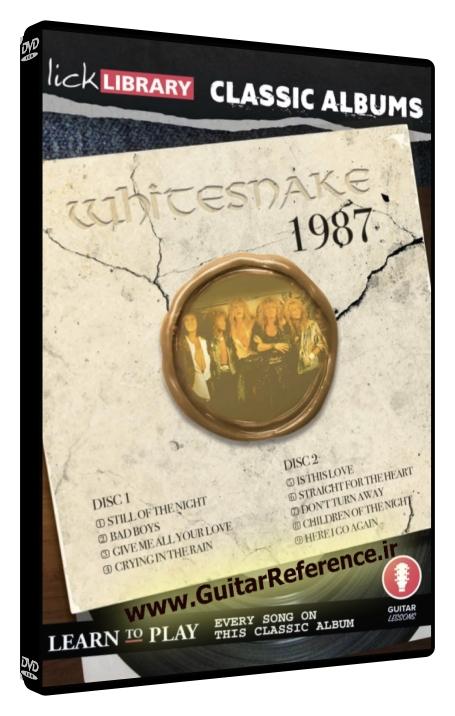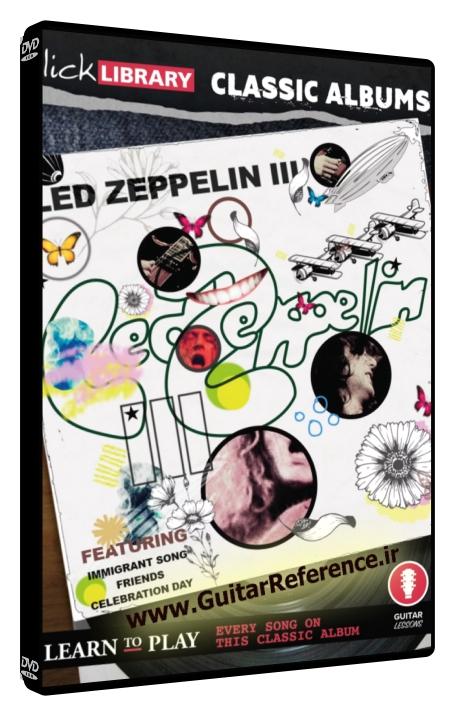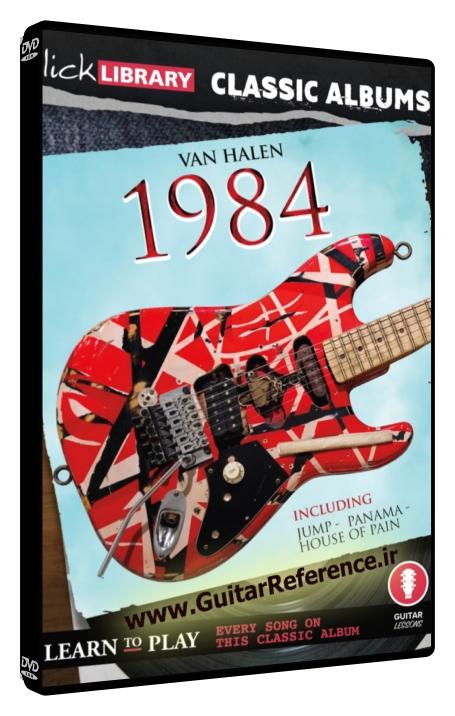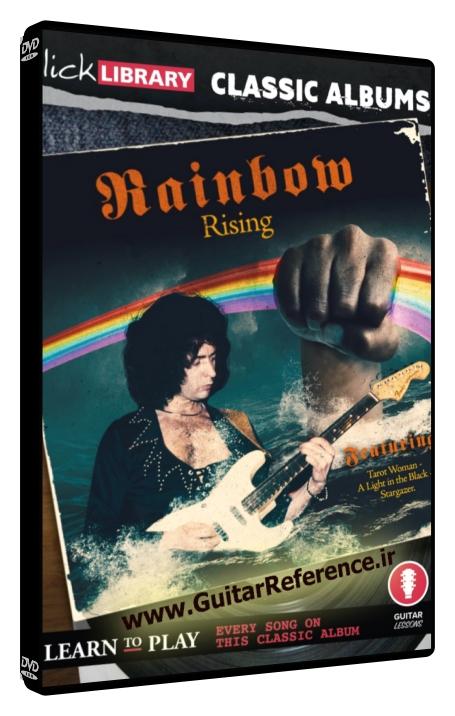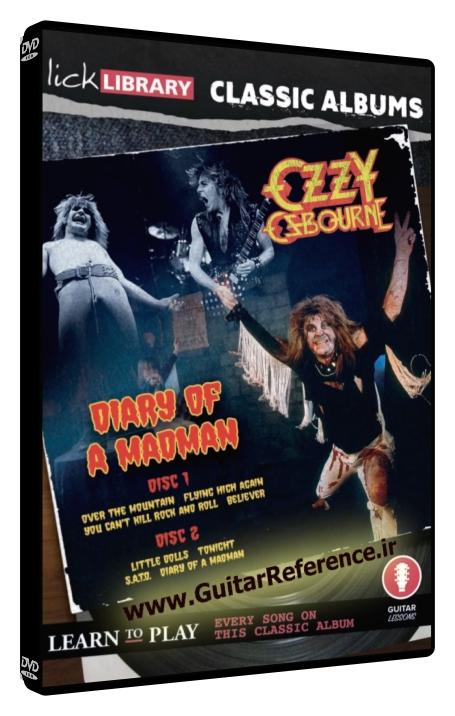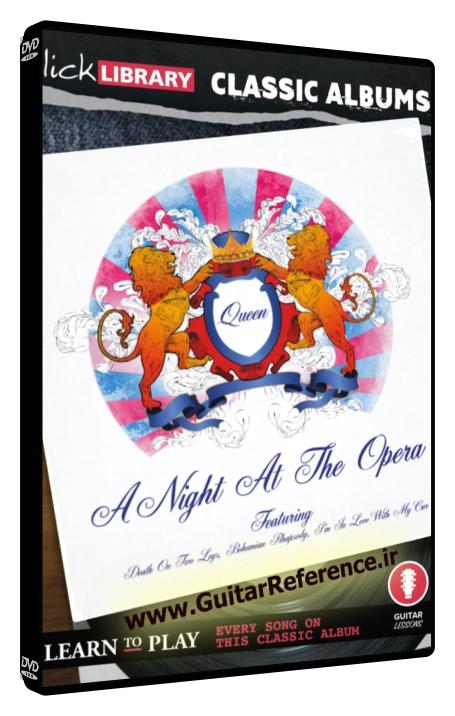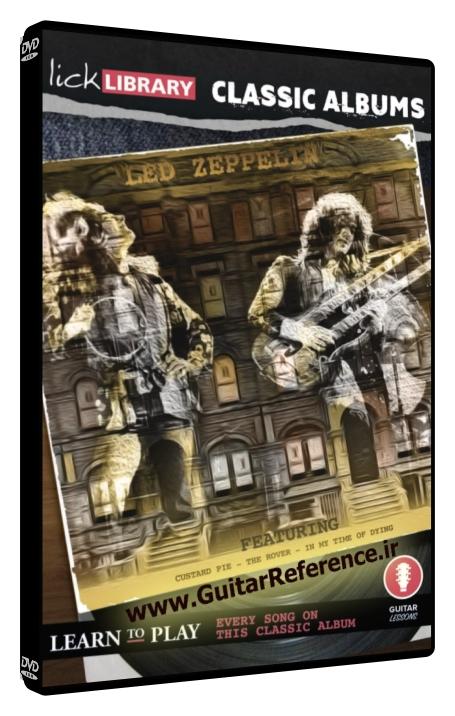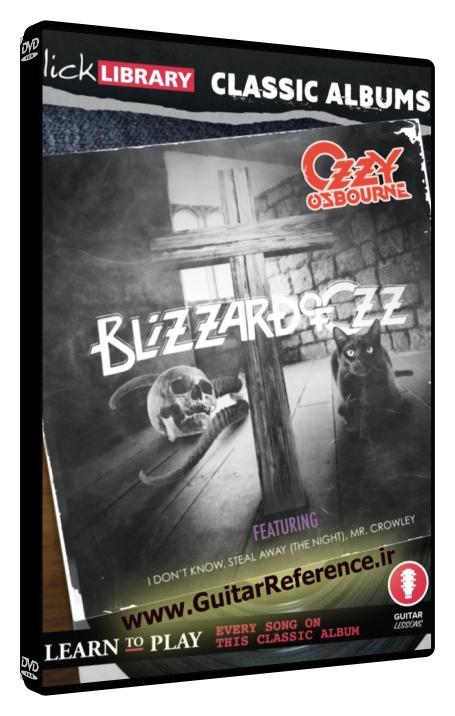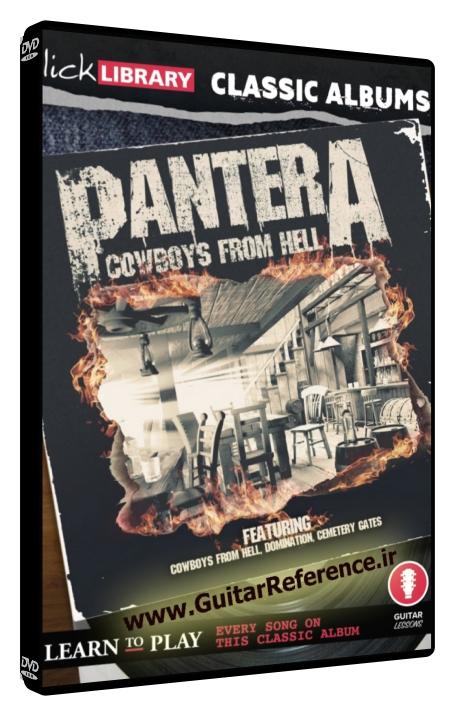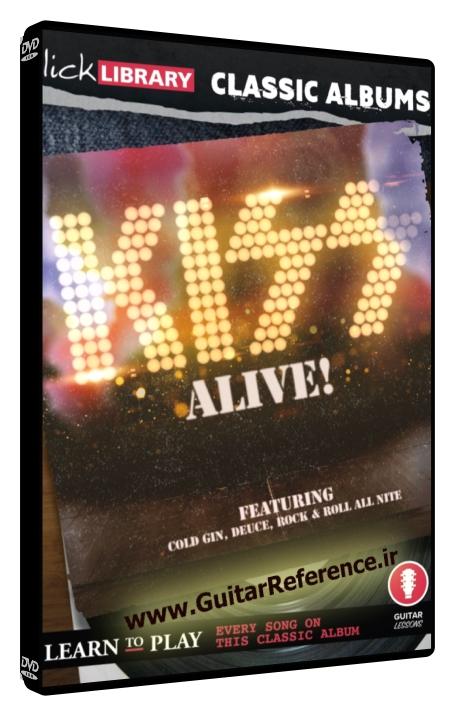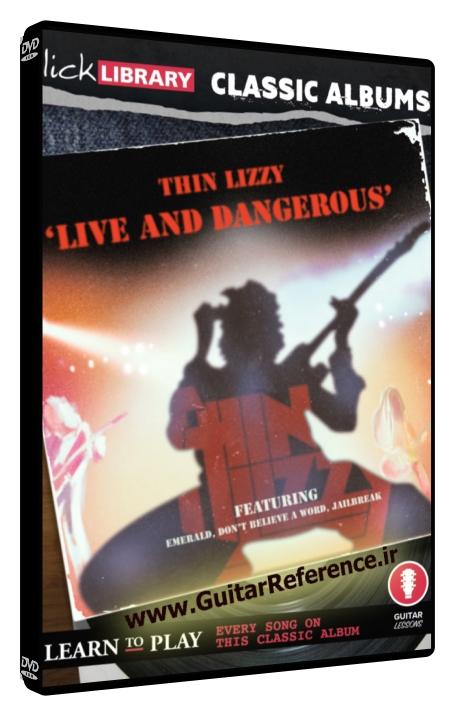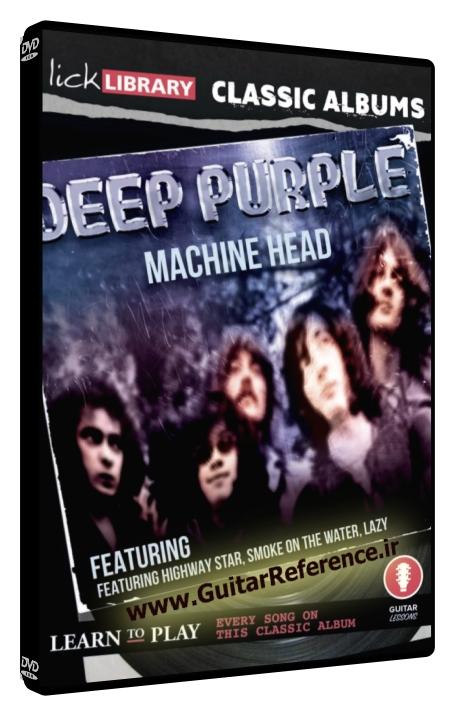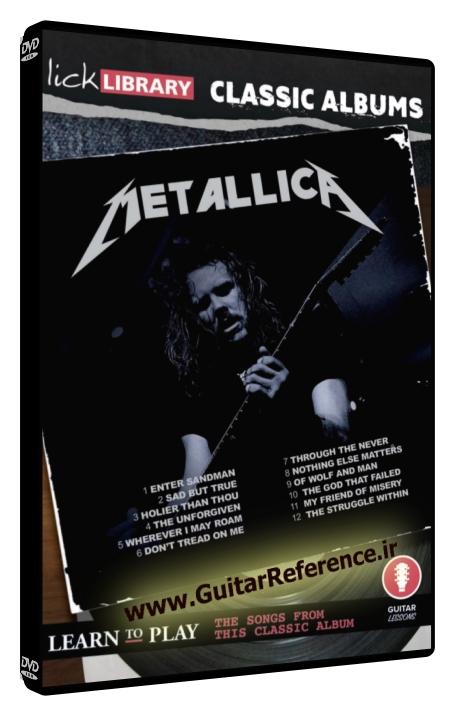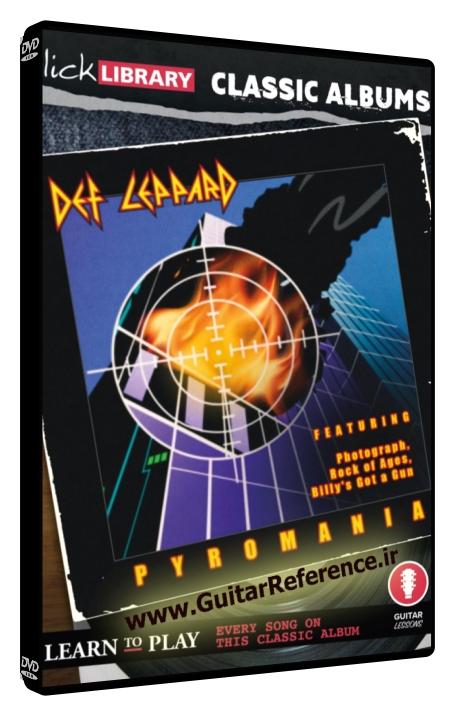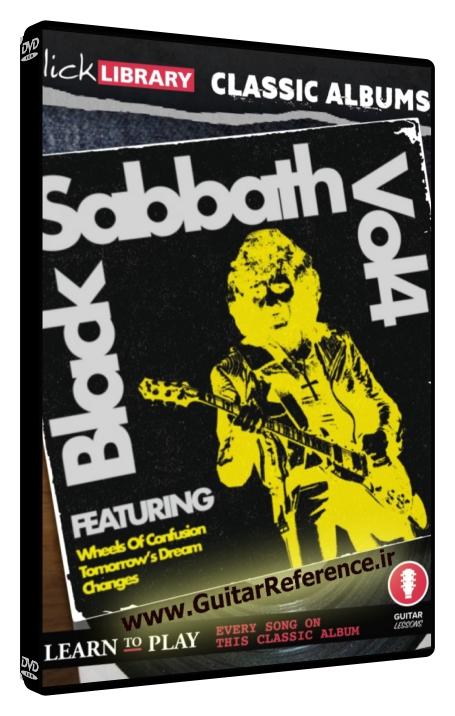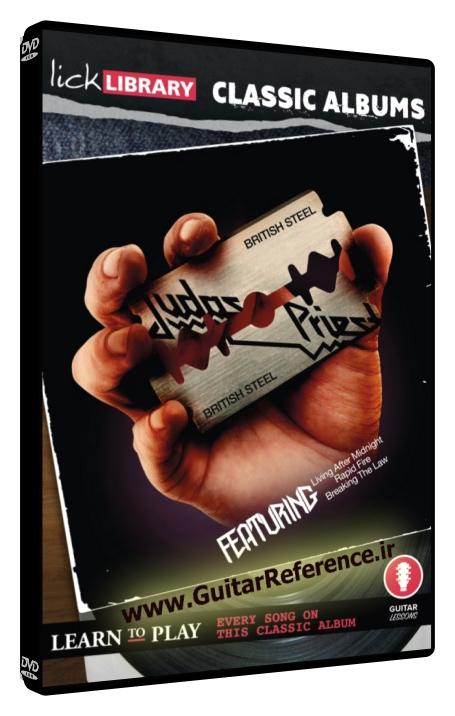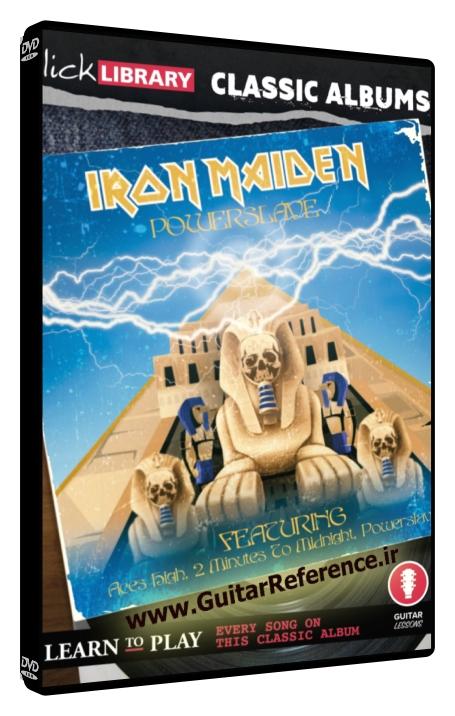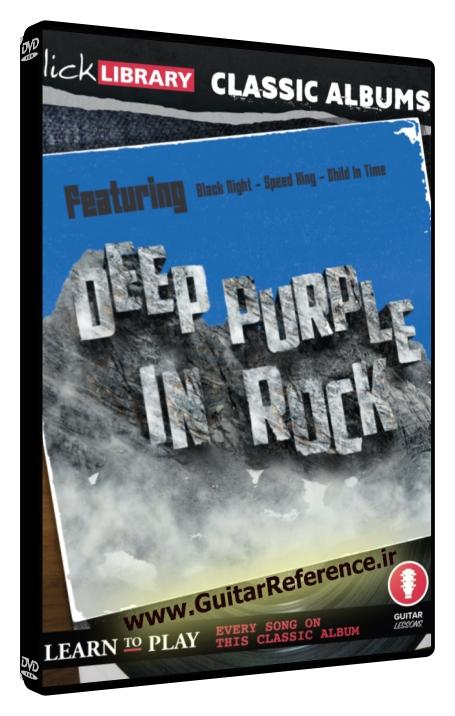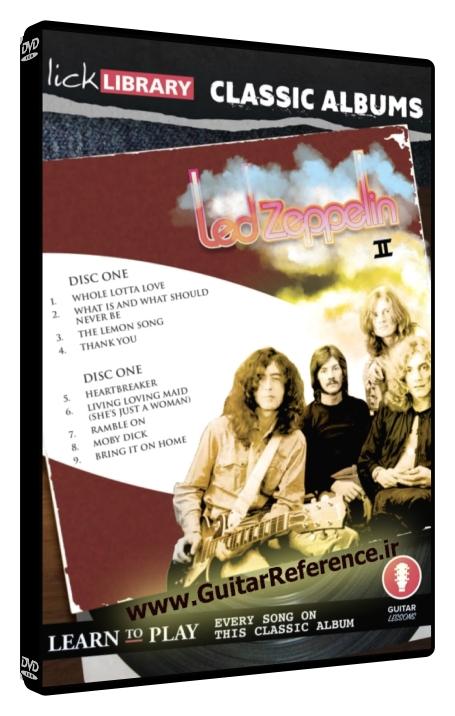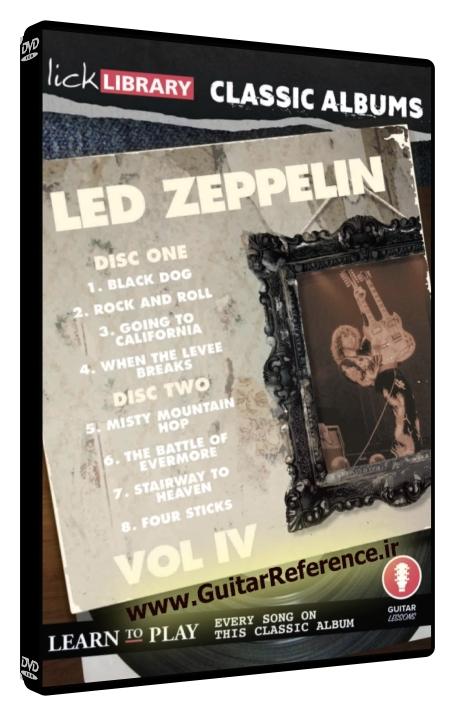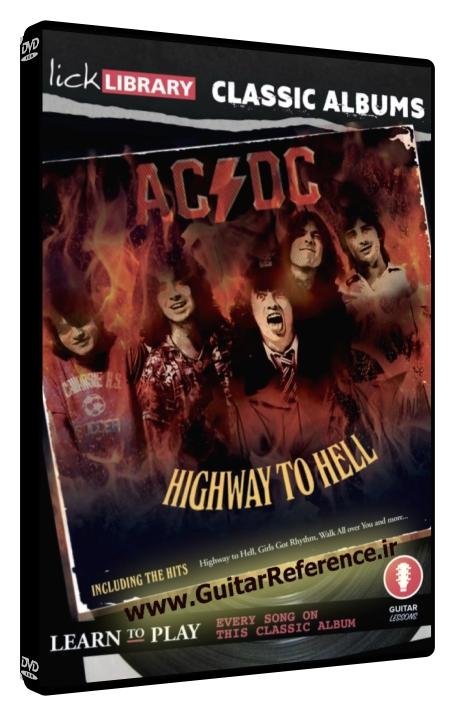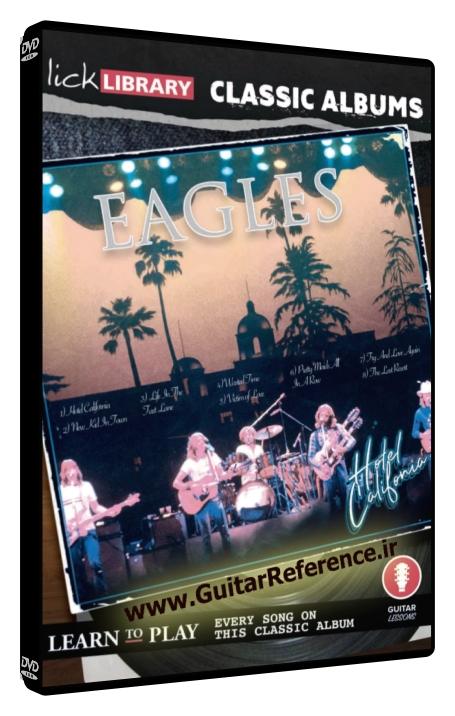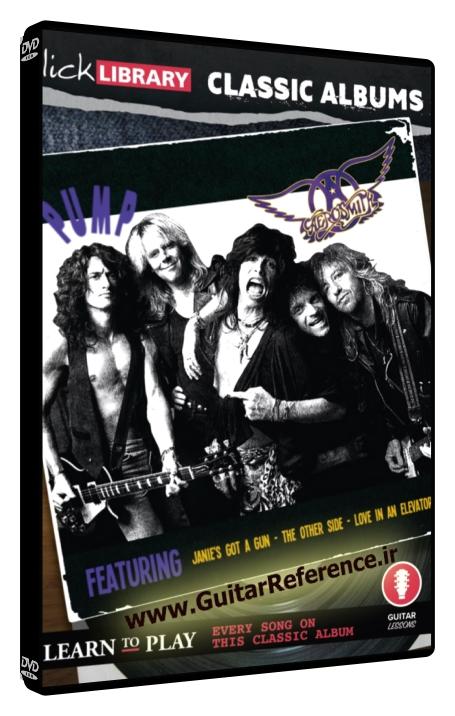Classic Albums – Ride The Lightning (Metallica)
by Sam Bell
Product Size: 3.70 GB (WEBRIP)
37.99 $ 3.99 $
Description
Ride the Lightning: A Guitarist’s Perspective
For every guitarist out there, Metallica’s second album “Ride the Lightning” is a treasure trove of masterful techniques, complex arrangements, and unforgettable solos. Lead guitarist Kirk Hammett’s contributions were instrumental in shaping the album’s distinctive sound.
Released in 1984, Metallica’s second studio album, Ride The Lightning formed the blueprint for the band’s infamous melding of thrash metal with melodic and complex arrangements. The overarching musical influence of Cliff Burton and Kirk Hammett resulted in sophisticated guitar parts and epic instrumental sections; securing Ride The Lighting as essential study for all metal guitarists to this day.
In this course, Licklibrary tutor Sam Bell teaches you the highlights of each song from this classic metal album, one scorching lick and ferocious riff at a time; including the mighty “For Whom The Bell Tolls”, “Ride The Lighting”, “Fade To Black” and the infamous “The Call Of Ktulu”.
Lessons included in this Guitar Course
Guitar Lesson 1: “Fight Fire with Fire”
Starting with an acoustic intro that’s layered with clean, crisp arpeggios, this song erupts into a fast thrash metal tour de force. Primarily in the E minor scale, the song employs power chords and palm-muting to create a relentless rhythm. Hammett’s solo, a blistering run on the E minor pentatonic scale, utilizes alternate picking and features some of his trademark vibrato.
Guitar Lesson 2: “Ride the Lightning”
In “Ride the Lightning”, the F# Phrygian dominant scale sets a dark, ominous mood. The rhythm guitar employs galloping rhythms and power chords, while Hammett explores the full range of the guitar in his solo. He demonstrates fast legato lines, alternate picking, and slides, perfectly complementing the song’s intense subject matter.
Guitar Lesson 3: “For Whom the Bell Tolls”
Hammett adds color to the overall tonality of this song with his use of the E natural minor scale. The solo features slides, pull-offs, and an extensive use of the whammy bar for dive-bombs. The rhythm section uses palm-muted power chords and syncopated rhythms, adding depth and texture to the song.
Guitar Lesson 4: “Fade to Black”
A timeless classic, “Fade to Black” is a study in dynamics and contrasting sections. Starting with arpeggiated chord progressions on an acoustic guitar, it moves into heavy power chord sections and transitions back. Hammett’s solo at the end, played in the B minor scale, showcases his melodic sense, vibrato, and alternate picking.
Guitar Lesson 5: “Trapped Under Ice”
In “Trapped Under Ice”, Hammett employs the E minor scale, using hammer-ons, pull-offs, and slides. Power chords with palm muting add a heavy rhythm backdrop. The rapid, alternate picked solo features trills and bends, displaying his technical prowess.
Guitar Lesson 6: “Escape”
“Escape” is dominated by power chords and palm-muted rhythms in the E major scale. The solo is a smorgasbord of guitar techniques, featuring string-bending, vibrato, and even some pinch harmonics.
Guitar Lesson 7: “Creeping Death”
In “Creeping Death”, Hammett uses the E minor scale extensively. The song features galloping rhythms and syncopated power chords. His solo, a mix of fast legato lines, slides, and alternate picking, adds a scorching element to the song.
Guitar Lesson 8: “The Call of Ktulu”
The final instrumental track, “The Call of Ktulu”, offers a somber, eerie feel with its use of the D minor scale. Hammett weaves a tale with his guitar, utilizing double stops, hammer-ons, pull-offs, and slides. The song is a testament to his skill in creating atmosphere with the guitar.
Guitar Techniques used in “Ride the Lightning”
Vibrato
• Alternate picking
• Legato
• Double-stop bends
• Trills
• Chord progressions
• Arpeggios
• Dive-bombs
• Pull-offs
• Power chords
• Palm-muting
• Slides
• Hammer-ons
• Double stops
• Syncopated rhythms
• Whammy bar tricks
• Galloping rhythms
“Ride the Lightning” remains a seminal album in the history of metal and a masterclass in guitar craftsmanship. Kirk Hammett’s contributions cannot be understated. His innovative solos and mastery of a wide range of guitar techniques helped elevate Metallica from thrash metal pioneers to global rock icons.
